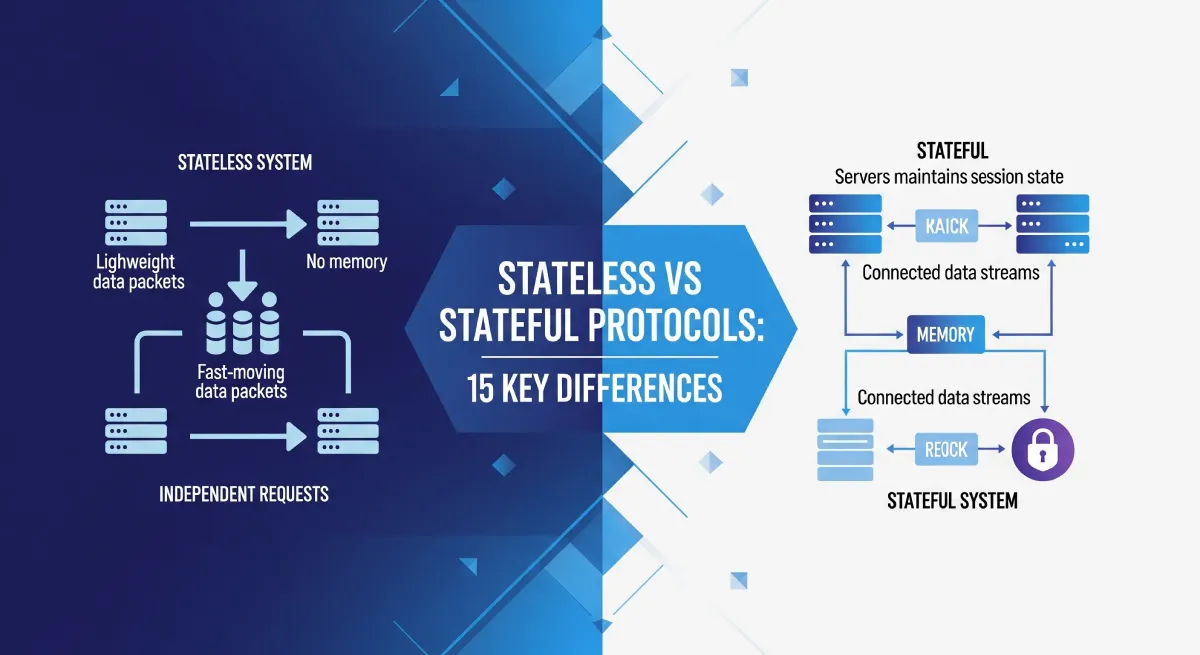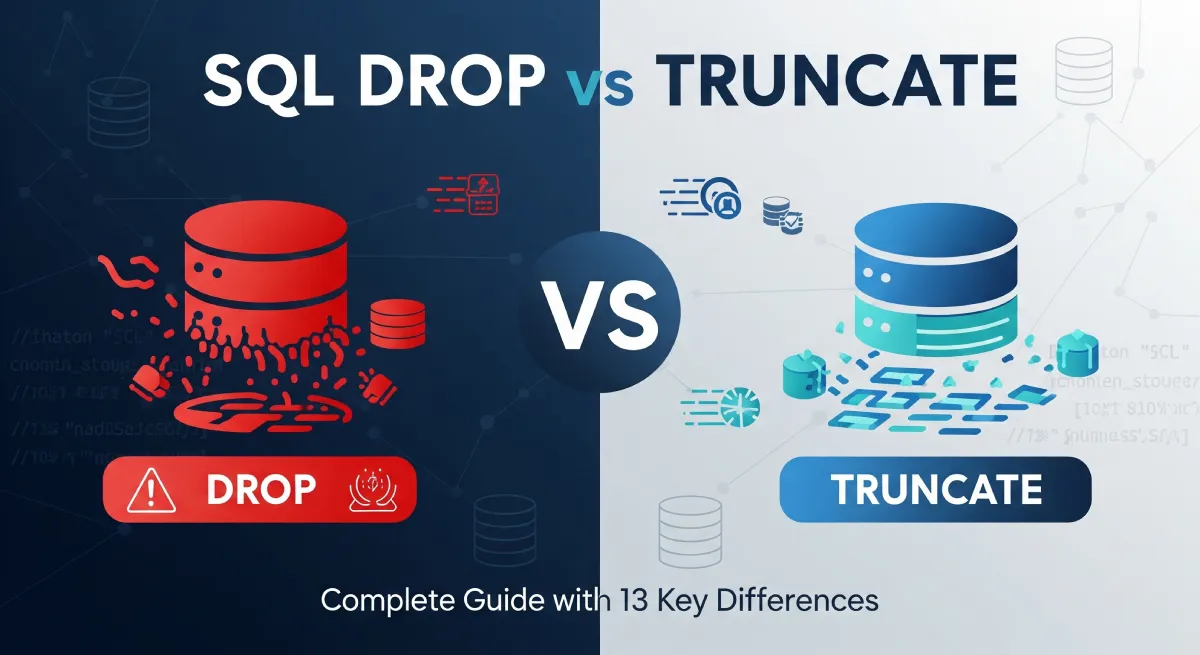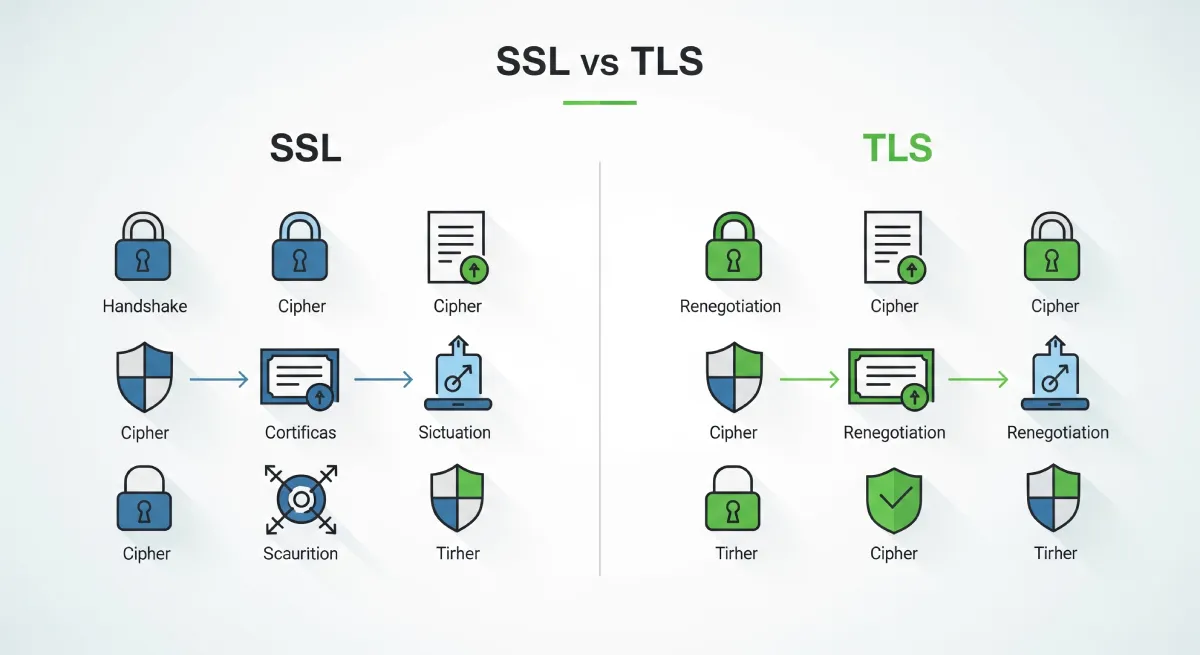Table of Contents
- Introduction
- What is Classful Addressing?
- What is Classless Addressing?
- 7 Key Differences Between Classful and Classless Addressing
- Advantages and Disadvantages Comparison
- Use Cases and Real-World Applications
- Practical Implementation Guide
- Migration from Classful to Classless
- Frequently Asked Questions
- Conclusion
Introduction
In networking, classful vs classless addressing defines how IP addresses are allocated and managed across networks. Classful addressing uses fixed-size blocks based on predefined classes, which often leads to inefficient use of IP addresses. In contrast, classless addressing (CIDR) offers flexibility by allocating addresses based on actual network requirements. This comprehensive guide explores their key differences, practical applications, and helps you choose the right approach for your network infrastructure.
What is Classful Addressing?
Classful addressing is a traditional method of IP address allocation that divides the available IP address space into five distinct classes: A, B, C, D, and E. Each class is identified by the first few bits of the IP address, which determine the network and host portions of the address.
IP Address Classes Breakdown:
- Class A: 0.0.0.0 to 127.255.255.255 (16.7 million hosts per network)
- Class B: 128.0.0.0 to 191.255.255.255 (65,534 hosts per network)
- Class C: 192.0.0.0 to 223.255.255.255 (254 hosts per network)
- Class D: 224.0.0.0 to 239.255.255.255 (Reserved for multicast)
- Class E: 240.0.0.0 to 255.255.255.255 (Reserved for experimental use)
Advantages of Classful Addressing:
- Simple and easy to understand for beginners
- Clearly defined address ranges for each class
- Straightforward implementation in early network designs
- No complex calculations required for basic setups
Disadvantages of Classful Addressing:
- Significant wastage of IP addresses due to fixed block sizes
- Limited flexibility in network design
- Difficulty in implementing efficient subnetting
- Poor scalability for modern network requirements
What is Classless Addressing?
Classless addressing, also known as Classless Inter-Domain Routing (CIDR), is a more flexible and efficient method of IP address allocation that allows for variable-length subnet masking (VLSM). With CIDR, networks can be divided into subnets of different sizes based on the specific requirements of the organization.
CIDR Notation Example:
192.168.1.0/24 represents a network with 256 IP addresses (254 usable hosts) using a subnet mask of 255.255.255.0.
Advantages of Classless Addressing:
- Efficient utilization of IP address space
- Flexible subnetting and supernetting capabilities
- Reduced routing table size through route aggregation
- Better support for hierarchical network designs
- Improved scalability for growing networks
Disadvantages of Classless Addressing:
- Requires more complex configuration and planning
- May lead to routing table explosion if not managed properly
- Steeper learning curve for network administrators
- Requires compatible routing protocols
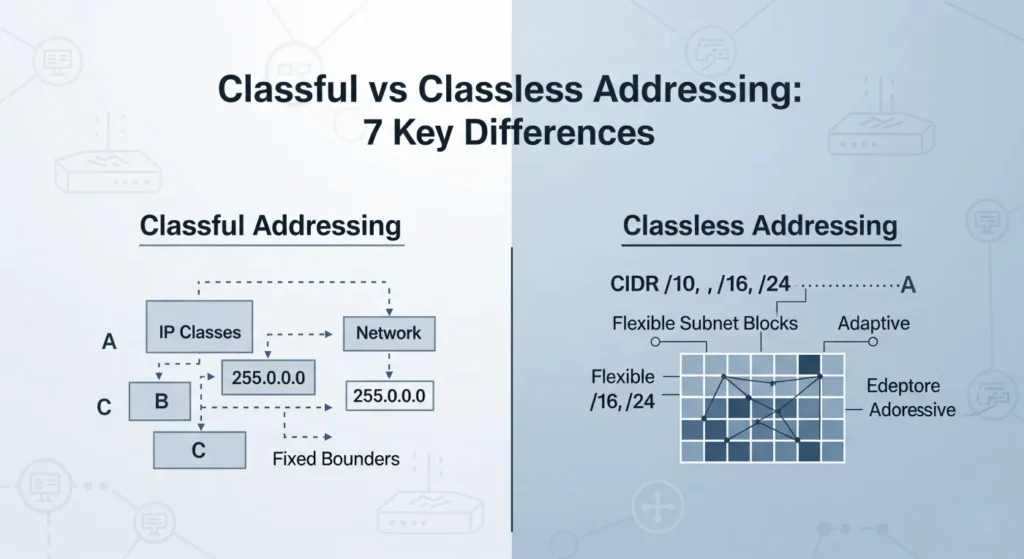
7 Key Differences Between Classful vs Classless Addressing
Aspect | Classful Addressing | Classless Addressing |
|---|---|---|
| 1. Address Structure | Divided into five fixed classes (A, B, C, D, E) | No concept of predefined classes |
| 2. Subnet Mask | Allows variable length subnet masks (VLSM) | |
| 3. IP Address Usage | Uses IP addresses of the same network class in sub-networks | Enables different subnet masks in the same network |
| 4. Network Boundaries | Flexible boundary based on subnet mask | |
| 5. Routing Efficiency | Limited routing optimization | Supports route aggregation and summarization |
| 6. Routing Protocols | RIPv1, IGRP support classful routing | RIPv2, OSPF, BGP support classless routing |
| 7. Address Efficiency | Often leads to IP address wastage | Maximizes IP address utilization |
Detailed Comparison: Advantages and Disadvantages
When Classful Addressing Works Best:
- Small networks with predictable growth
- Educational environments for learning basic networking
- Legacy systems that cannot support CIDR
- Simple network topologies without complex subnetting needs
When Classless Addressing is Essential:
- Large enterprise networks requiring efficient IP allocation
- Internet Service Providers (ISPs) managing multiple customers
- Cloud environments with dynamic scaling requirements
- Networks requiring hierarchical design and route summarization
Use Cases and Real-World Applications: Classful vs Classless Addressing
Classful addressing is rarely used in modern networks due to its inefficiencies and limitations. However, understanding it remains important for legacy system maintenance and networking education. Classless addressing, on the other hand, is widely adopted in today’s networking environments for its scalability and flexibility.
Modern Network Scenarios:
- Data Centers: Use CIDR for efficient IP allocation across multiple server farms
- Cloud Platforms: Implement classless addressing for dynamic resource allocation
- Corporate Networks: Employ VLSM for departmental network segmentation
- Internet Backbone: Utilize route aggregation to reduce routing table sizes
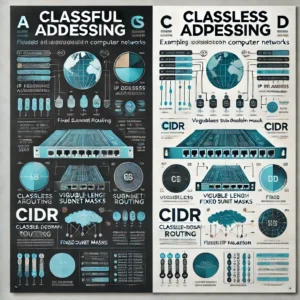
Practical Implementation: Classful vs Classless Addressing
Implementing classful addressing involves dividing IP addresses into classes A, B, C, D, and E based on the leading bits of the IP address. Classless addressing allows for more flexible allocation of IP addresses without strict class boundaries.
Implementation Steps:
- Network Assessment: Identify IP addressing requirements for your network
- Method Selection: Determine whether classful or classless addressing suits your needs
- Subnet Planning: Design subnet structure based on current and future requirements
- Configuration: Implement chosen addressing scheme on network devices
- Testing: Verify functionality in a controlled lab environment
- Deployment: Roll out to production with proper monitoring
Best Practices and Optimization Tips:
- Use classless addressing for networks requiring growth flexibility
- Implement proper subnetting to optimize IP address allocation
- Document IP addressing schemes for future reference
- Regular audits to prevent IP address conflicts
- Plan for IPv6 migration in long-term network strategy
Common Pitfalls and Solutions:
- Pitfall: Using classful addressing for dynamic networksSolution: Migrate to classless addressing with CIDR notation
- Pitfall: Incorrect subnet calculations leading to address conflictsSolution: Use IP address management tools and regular audits
- Pitfall: Over-provisioning IP addresses in subnetsSolution: Implement VLSM for efficient address allocation
Migration from Classful to Classless Addressing
Many organizations need to transition from legacy classful systems to modern classless implementations. This process requires careful planning and execution to avoid network disruptions.
Migration Strategy:
- Current State Analysis: Document existing classful network configuration
- Future State Design: Plan new classless addressing scheme
- Impact Assessment: Identify systems requiring updates
- Phased Implementation: Execute migration in controlled phases
- Validation: Test connectivity and routing after each phase
Tools and Technologies:
- IP Address Management (IPAM) solutions
- Network discovery and mapping tools
- Routing protocol configuration utilities
- Network monitoring and alerting systems
Frequently Asked Questions
What is Classful Addressing?
Classful Addressing divides IP addresses into five fixed classes: A, B, C, D, and E. Each class has a predefined size and range of IP addresses, which makes it less flexible for efficient address allocation.
What is Classless Addressing?
Classless Addressing eliminates the rigid structure of classes by introducing CIDR (Classless Inter-Domain Routing). It allows you to assign IP addresses using variable-length subnet masks (VLSM), providing more efficient use of IP address space.
Why was Classless Addressing introduced?
The Internet Engineering Task Force (IETF) introduced Classless Addressing to overcome the inefficiencies of Classful Addressing, particularly the wastage of IP addresses in large networks. This method enables better utilization of IP address space and supports the growing demands of the Internet.
How does Classless Addressing work?
Classless Addressing uses CIDR (Classless Inter-Domain Routing), which allows network administrators to allocate IP addresses in blocks of any size. The prefix (e.g., 192.168.1.0/24) determines the number of addresses in the block, offering flexibility and efficiency.
Is Classful Addressing still used?
Classful Addressing is mostly obsolete in modern networking. While some legacy systems still implement it, contemporary networks use Classless Addressing. Understanding Classful Addressing remains relevant for historical context and troubleshooting legacy systems.
How can I decide between classful and classless addressing?
Consider your network size, growth projections, and complexity requirements. For small, static networks, classful addressing might suffice. For larger, dynamic networks requiring efficient address allocation and flexible subnetting, classless addressing is the better choice.
What are the main routing protocols that support each method?
Classful addressing is supported by older protocols like RIPv1 and IGRP. Classless addressing is supported by modern protocols including RIPv2, OSPF, EIGRP, and BGP, which can carry subnet mask information in routing updates.
Conclusion
The choice between classful vs classless addressing depends on your specific network requirements and future growth plans. While classful addressing offers simplicity and ease of understanding, it comes with significant limitations in terms of IP address efficiency and scalability.
Classless addressing, through CIDR and VLSM, provides the flexibility and efficiency required by modern networks. It enables better IP address utilization, supports hierarchical network designs, and offers improved scalability for growing organizations.
For new network implementations, classless addressing is strongly recommended. Organizations still using classful addressing should consider migration to classless methods to optimize their IP address usage and prepare for future network growth. By understanding both approaches, network administrators can make informed decisions that best serve their organization’s networking needs.
Remember that the networking landscape continues to evolve, with IPv6 adoption growing and new technologies emerging. Staying informed about these developments will help you make the best choices for your network infrastructure both now and in the future.
